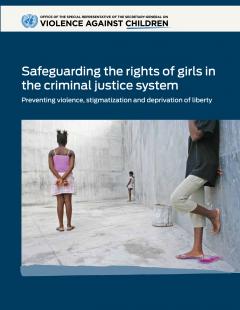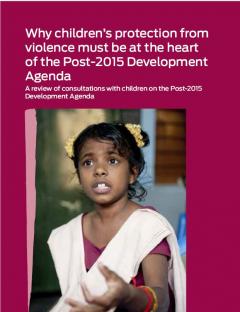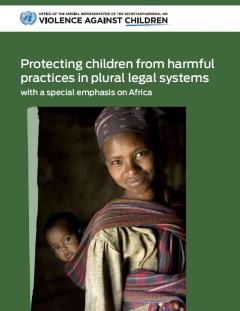Armed violence in the community compromises children’s rights and is associated with serious risks for their development and safety, causing children to be injured, disabled, traumatized, exploited, orphaned, imprisoned and at times killed. Living in a community affected by armed violence has consequences for children who are targeted as well as those who witness or feel threatened by such an environment. Armed violence disrupts social harmony and family life, interrupts schooling, compromises health care, undermines economic development and generates fear which limits children’s ability to move freely, participate in the life of their community, enjoy childhood and develop as empowered citizens.
Download the publication
Spanish version











